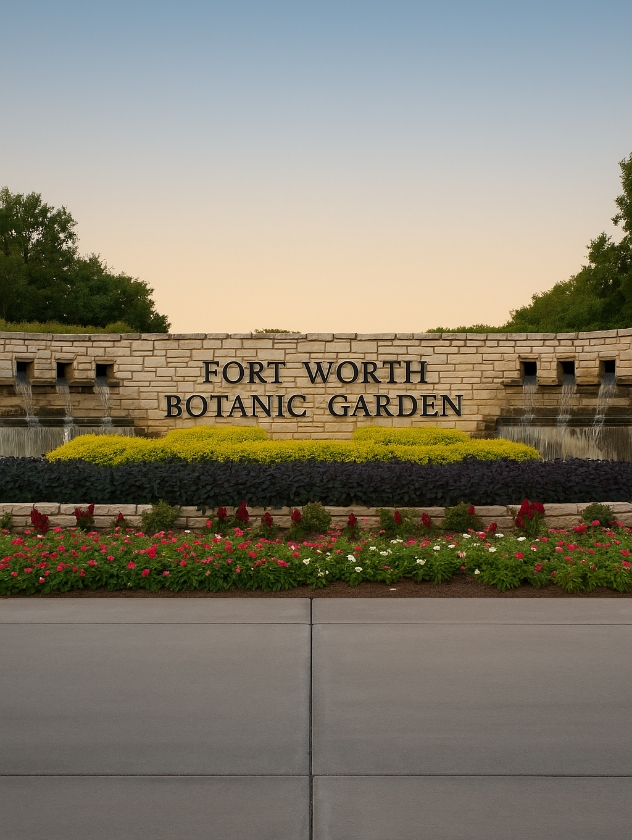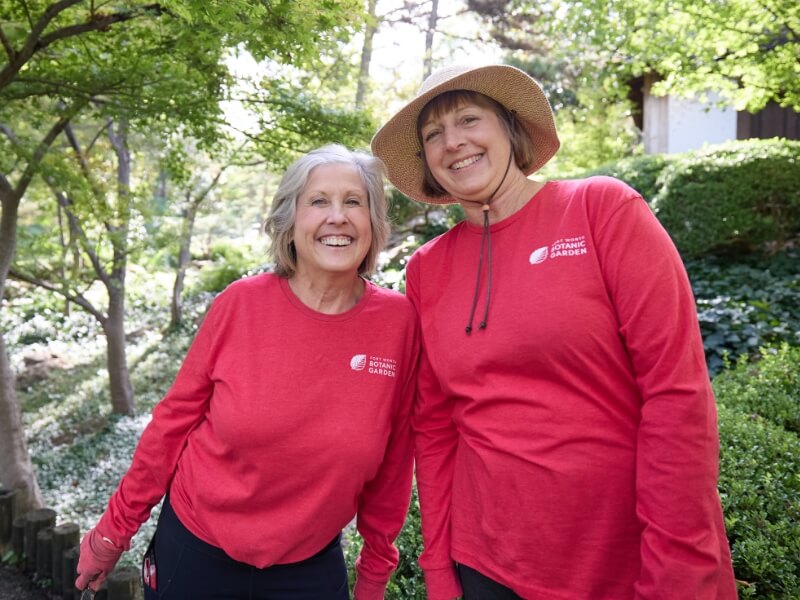Art in the Garden Tour
Enjoy learning more about selected artworks with a docent. Learn about the history behind amazing works of art in the Garden.
Tour length: 60 minutes – docents will modify the tour to suit the guests.
Terrain: Mildly uneven terrain, inclines, stone, paved pathways, and grassy areas.
Group size: Groups from two up to 16 guests are welcome.
This is a unique tour scheduled on days other than the free Saturday tours.
Tours Pricing
All participants must purchase general admission.
A private tour fee of $50 is required for every 8 guests in addition to the general admission. Full payment of general admission passes and the private tour fee(s) are due at least 2 weeks before the scheduled tour date. Tour fees are non-refundable unless requested at least 72-hours in advance of your scheduled tour date. Admission fees are non-refundable.
Groups paying for 20 or more admission tickets will receive $2 off regular admission per person.
-
If you have general questions or comments, please email us at admissions@fwbg.org. To contact a staff member through phone, you can call (817) 463-4160 ext. 210.
-
We understand that plans can change unexpectedly. In the event that you need to cancel your tour, please notify us at least 72 hours prior to your scheduled arrival to avoid losing the Docent Fee(s). If you cancel your tour within 72 hours of arrival or no show, the Docent Fee(s) will be seen as a donation to FWBG. Docent Fee(s) cannot be refunded or exchanged if canceled within 72 hours of tour start time. We will wait 15 minutes after your start time before deeming the tour a no-show.
General Admission passes cannot be refunded but they can be exchanged for a different date.
More ways to get involved with the Fort Worth Botanic Garden

Important Announcement:
Our Beauty Bus service will be temporarily suspended until 28 July 2025 while we construct the new Baker Martin Family Garden. Thank you for your understanding as we create this beautiful new space!


